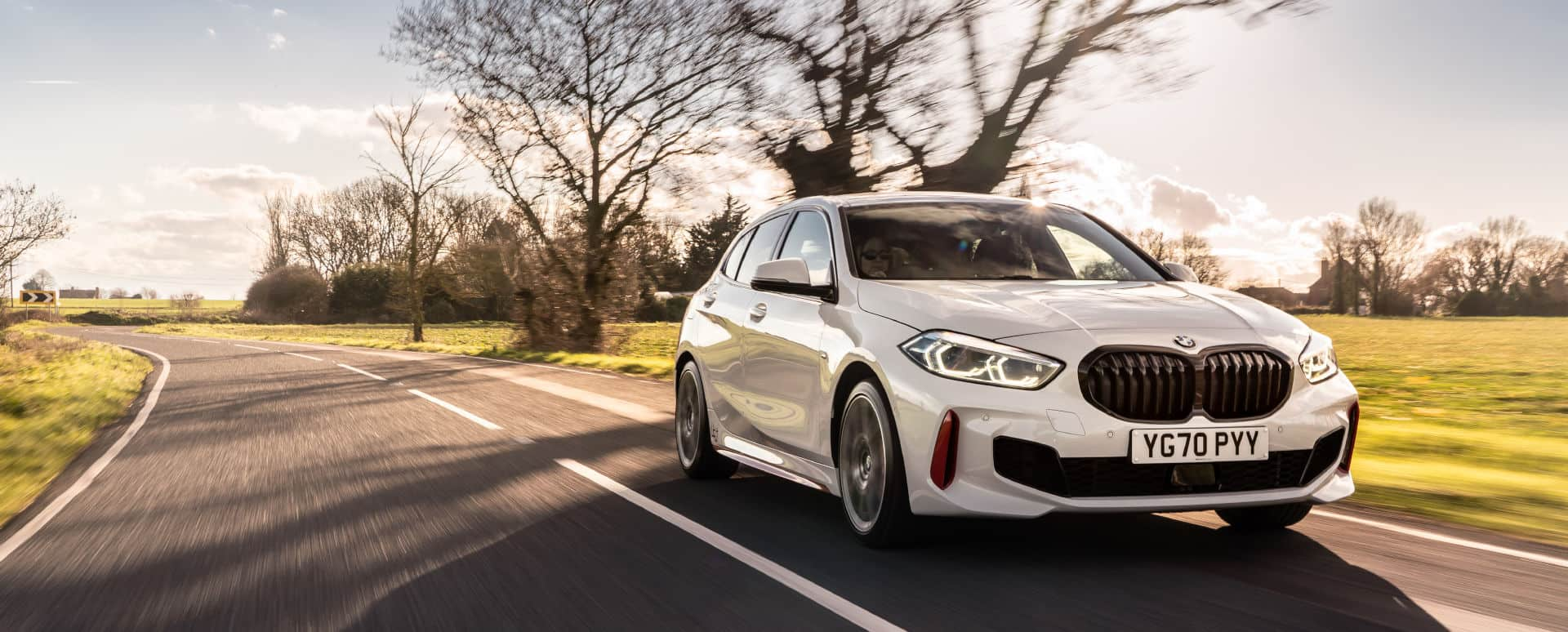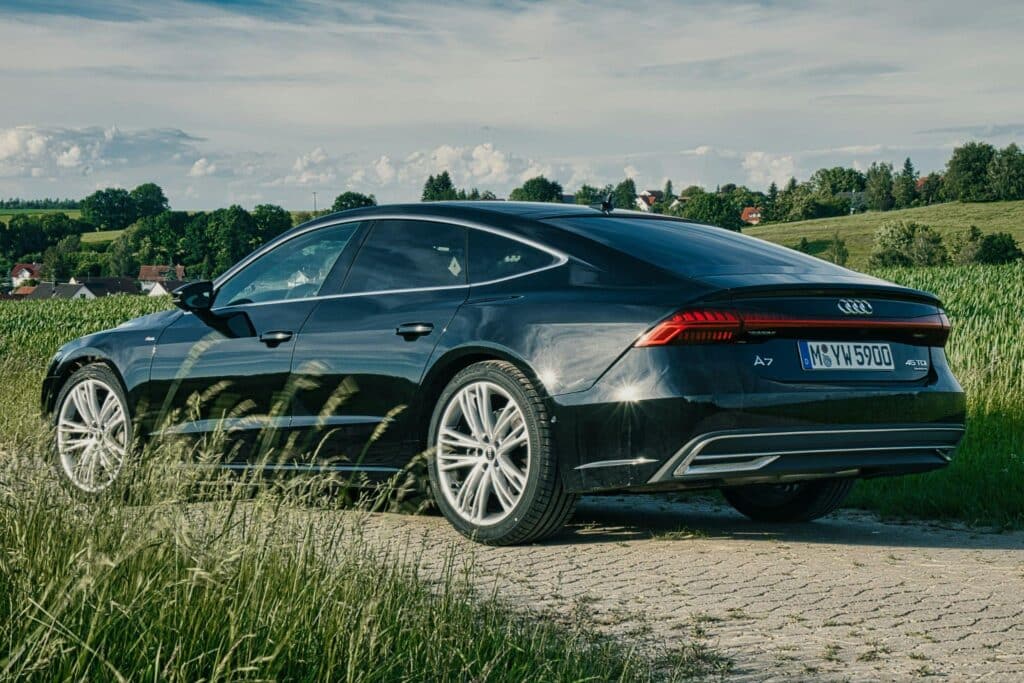German autobahns subject tires to forces that would shred standard rubber in just 30 minutes at top speeds. Luxury drivers navigating these demanding roads need specialized rubber that delivers both performance and endurance.
These tire recommendations below ensure you’ll experience the perfect balance of speed, control, and safety, whether you’re planning a Porsche rental Germany adventure or driving your own performance vehicle.
Understanding German Road Conditions
The country’s diverse geography means you’ll encounter everything from alpine passes to flat northern plains (most probably within a single journey). At sustained speeds above 150 km/h, tire temperature management becomes critical. Inferior compounds can overheat, reducing grip precisely when you need it most.
German road quality is generally excellent, but seasonal challenges are significant:
|
Season |
Challenges |
Requirements |
|---|---|---|
|
Winter |
Snow, ice, temperatures below 7°C |
Winter-rated tires (M+S marking with snowflake symbol) |
|
Summer |
Heavy rain, occasional extreme heat |
Excellent wet grip, heat resistance |
|
Transition periods |
Unpredictable conditions |
Either seasonal change or quality all-seasons |
From approximately October to Easter, winter tires are mandatory when conditions require them. The legal minimum tread depth is 1.6mm. Yet, experts recommend changing winter tires at 4mm and summer tires at 3mm for optimal performance.
Performance Categories for Luxury Vehicles
Touring-focused tires offer a compelling balance for luxury sedans like the Panamera. They deliver controlled performance with enhanced comfort through:
- Specially tuned sidewall construction that absorbs minor road imperfections.
- Noise-canceling technology via optimized tread patterns.
- Longer tread life while maintaining respectable grip levels.
The all-season versus dedicated seasonal tire debate takes on special significance in Germany. A true enthusiast switching between premium summer and winter tires will experience noticeably superior performance in each season. The difference is most pronounced during hard cornering or emergency maneuvers—exactly when performance matters most.
Run-flat technology deserves consideration for any luxury vehicle in Germany. Modern systems allow continued driving for approximately 80km at reduced speeds after complete pressure loss. The latest generations have largely overcome earlier complaints about ride harshness.
Top Tire Brands for Luxury German Roads

Continental’s ExtremeContact series and Michelin’s Pilot Sport lineup offer benchmark performance across wet and dry conditions. These manufacturers invest over €2 billion annually in research and development. That results in measurable advantages in grip, wear, and fuel efficiency.
If you are an extra demanding driver, such options as the Pirelli P Zero or Michelin Pilot Sport Cup 2 offer near-racing levels of grip. And they are still street-legal. These tires regularly come as original equipment on top-tier Porsche models (as they were co-developed specifically for these vehicles).
Luxury-focused tire lines worth considering include:
- Bridgestone Turanza Quiet Track (exceptional noise suppression);
- Pirelli P7 Cinturato (balanced luxury touring performance);
- Goodyear Eagle F1 Asymmetric (excellent wet-weather handling);
- Continental PremiumContact (German-engineered for German roads).
Seasonal Considerations
Even high-performance vehicles need proper winter tires when temperatures drop below 7°C (44°F). The rubber compounds in summer tires harden in cold weather. This dramatically reduces grip even on dry roads.
Top winter options for luxury vehicles include:
- Michelin Pilot Alpin
- Continental WinterContact
- Pirelli Winter Sottozero
All-season tires have come a long way, but understand their limitations. The best modern options, such as the Michelin CrossClimate or Continental AllSeasonContact, work adequately for moderate German driving. They make the most sense for urban drivers without regular Autobahn usage.
Between seasons, proper storage makes a huge difference in tire longevity. Store unused sets clean, dry, and away from direct sunlight at moderate temperatures. I recommend using tire bags to prevent rubber oxidation during storage periods.
Special Considerations for High-Performance Driving
Speed ratings are not marketing hype. They’re engineering certifications. For Autobahn driving:
- V-rated (240 km/h) represents the minimum acceptable rating;
- W-rated (270 km/h) suits most high-performance vehicles;
- Y-rated (300+ km/h) is appropriate for supercars.
Load indexes matter particularly for heavier luxury SUVs like the Porsche Cayenne. Undersized load ratings lead to dangerous heat buildup and potential failure during sustained high-speed runs or when carrying multiple passengers.
The grip-versus-longevity balance is worth considering based on your driving style. Track-focused tires might last only 8,000-12,000 kilometers if you drive aggressively. Touring-oriented options could deliver 25,000+ kilometers of service.
Cost vs. Value Analysis
Tire pricing for luxury vehicles spans a wide range:
- Premium touring tires: €150-250 per tire
- Ultra-high performance: €200-350 per tire
- Specialty/semi-track tires: €300-500+ per tire
The initial price difference between budget and premium tires typically amounts to €200-400 per set. However, premium tires often deliver better value through:
- 15-30% longer tread life;
- 5-7% better fuel efficiency;
- Much better performance in emergency situations;
- More consistent performance throughout the tire’s lifespan.
Maintenance Tips for Maximum Performance
Tire pressure monitoring deserves daily attention during performance driving. Even 0.3 bar (4.3 psi) of underinflation increases rolling resistance by approximately 10% and reduces cornering stability. Many performance vehicles offer adjustable pressure recommendations based on load and driving style. Follow these precisely.
For extended luxury rentals, consider rotation schedules that match your driving patterns:
- Front-engine vehicles: Every 8,000-10,000 km
- Mid/rear-engine Porsches: Often require specific directional rotation patterns
Alignment specifications for performance vehicles are precise for good reason. Even minor misalignment can cause:
- Uneven wear patterns;
- Reduced straight-line stability at Autobahn speeds;
- Compromised cornering balance;
- Increased tire noise.


